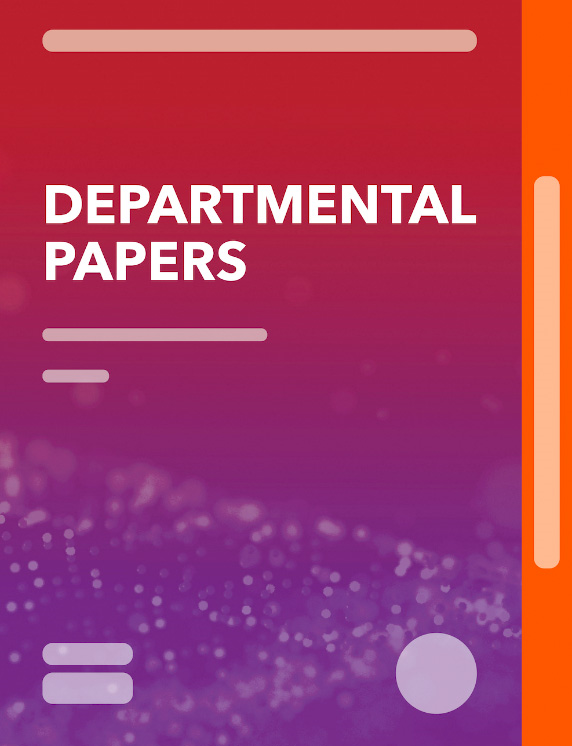Bank Profitability and Risk-Taking
November 25, 2015
Disclaimer: This Working Paper should not be reported as representing the views of the IMF.The views expressed in this Working Paper are those of the author(s) and do not necessarily represent those of the IMF or IMF policy. Working Papers describe research in progress by the author(s) and are published to elicit comments and to further debate
Summary
Traditional theory suggests that more profitable banks should have lower risk-taking incentives. Then why did many profitable banks choose to invest in untested financial instruments before the crisis, realizing significant losses? We attempt to reconcile theory and evidence. In our setup, banks are endowed with a fixed core business. They take risk by levering up to engage in risky ‘side activities’(such as market-based investments) alongside the core business. A more profitable core business allows a bank to borrow more and take side risks on a larger scale, offsetting lower incentives to take risk of given size. Consequently, more profitable banks may have higher risk-taking incentives. The framework is consistent with cross-sectional patterns of bank risk-taking in the run up to the recent financial crisis.
Subject: Accommodative monetary policy, Bank soundness, Banking, Financial crises, Financial institutions, Financial sector policy and analysis, Financial services, Investment banking, Monetary policy, Stocks, Tax incentives
Keywords: Accommodative monetary policy, Bank Capital, Bank soundness, Banks, Crises, Global, interest rate, Investment banking, investment X, market-based investment, monetary policy, project investment, Repo Markets, Risk-Taking, risky investment, side investment, Stocks, WP
Pages:
43
Volume:
2015
DOI:
Issue:
249
Series:
Working Paper No. 2015/249
Stock No:
WPIEA2015249
ISBN:
9781513517582
ISSN:
1018-5941





